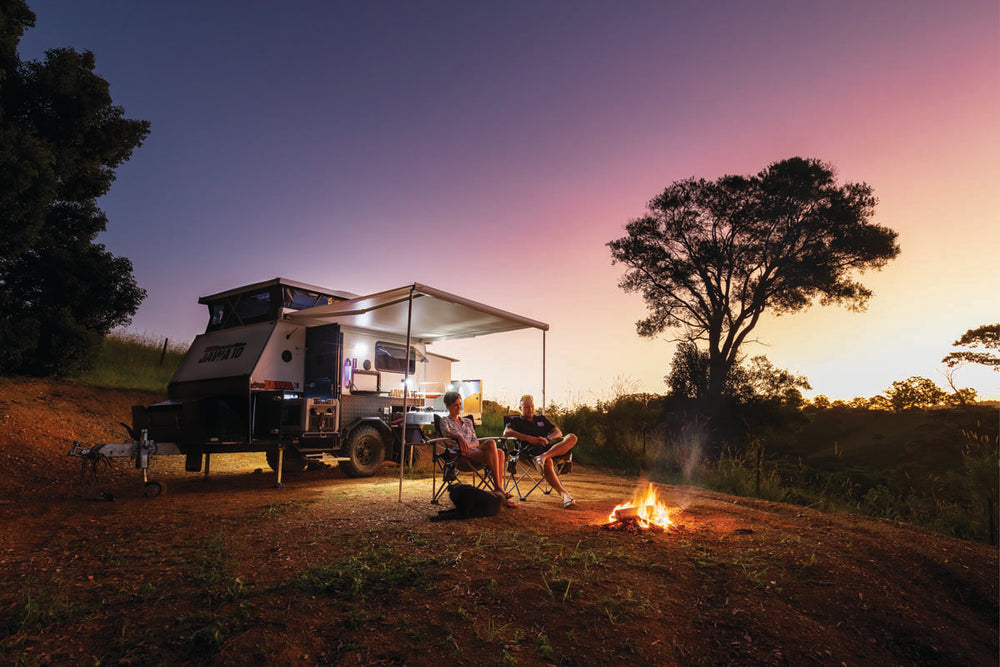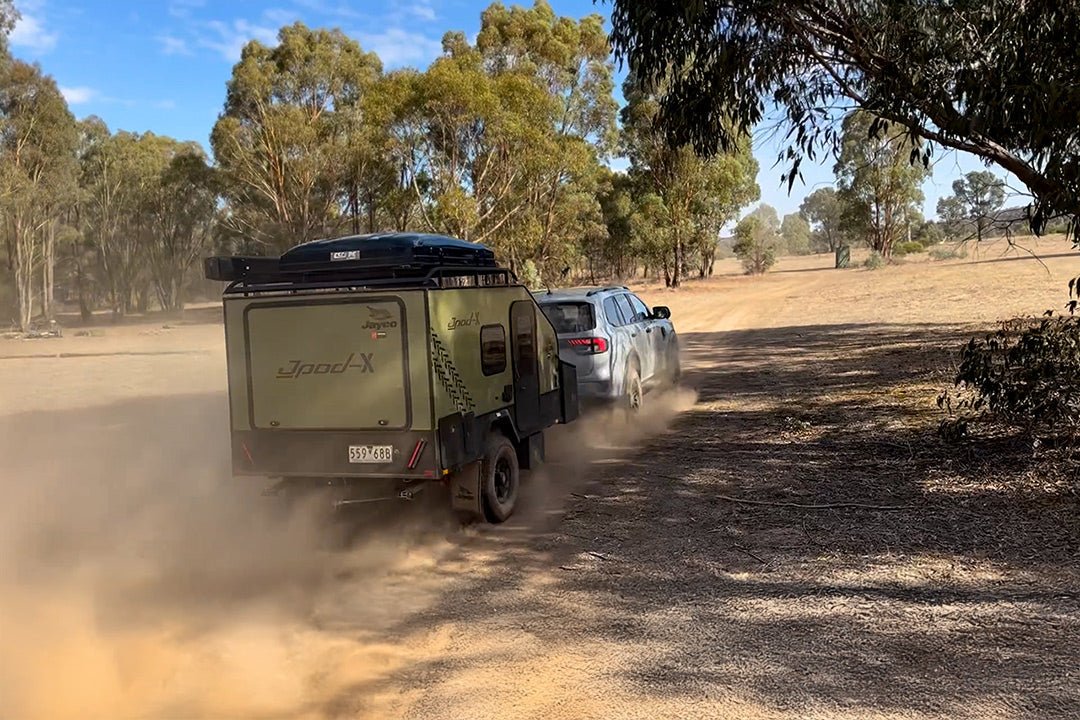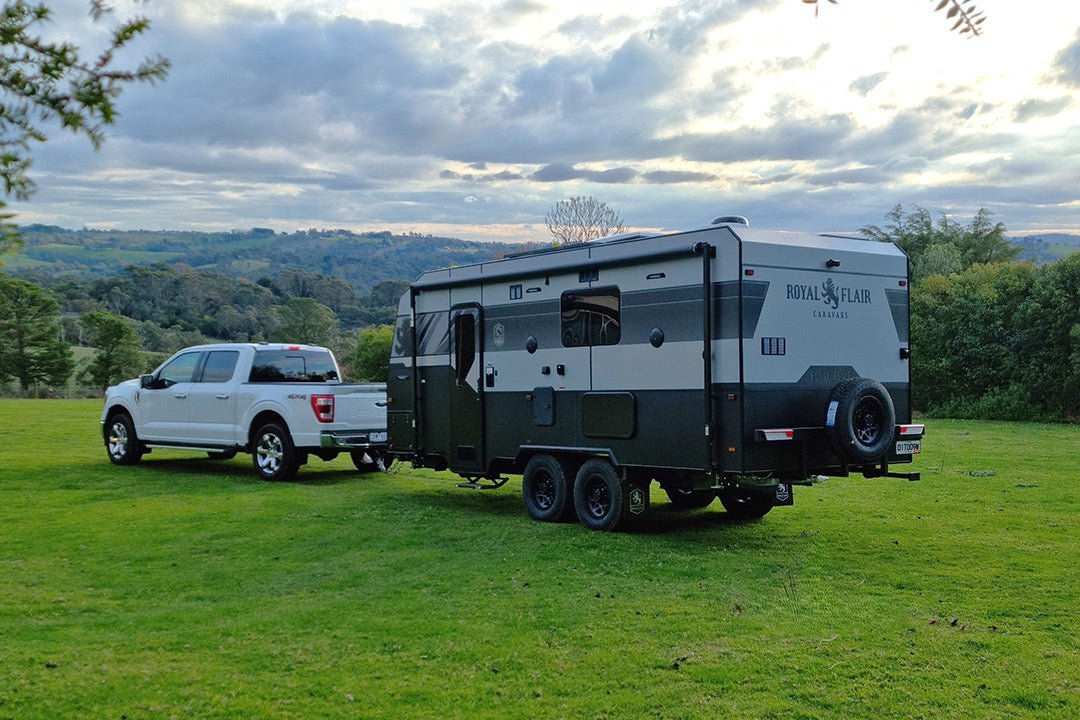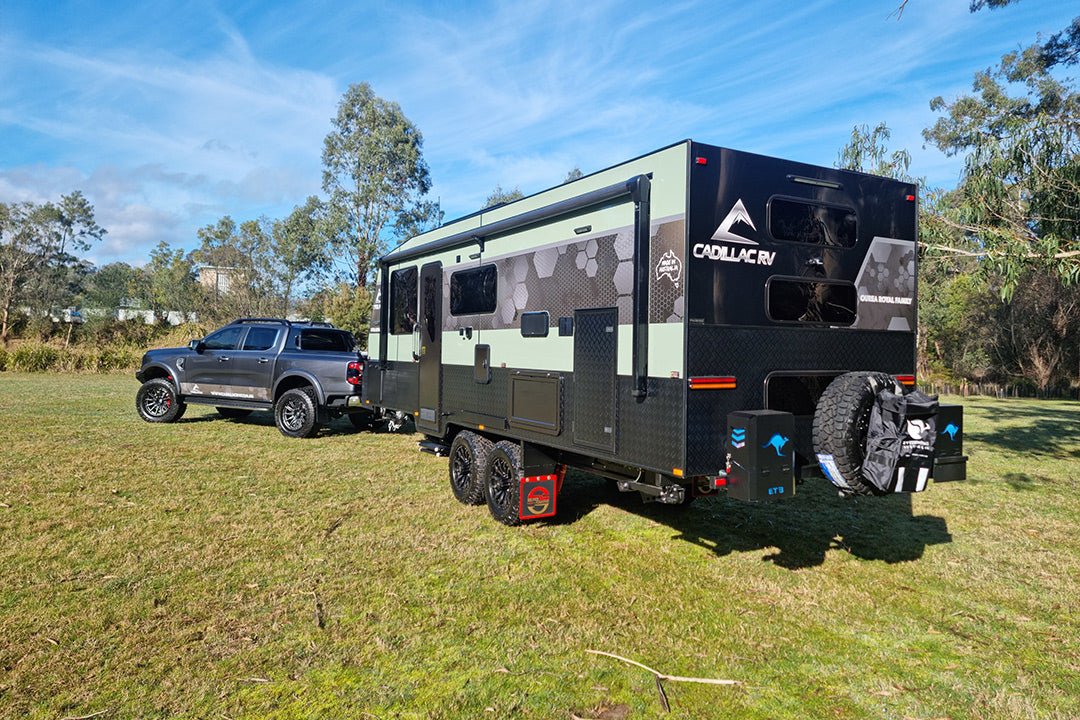Isuzu D-Max LS-Terrain Crew Cab: Tow Test
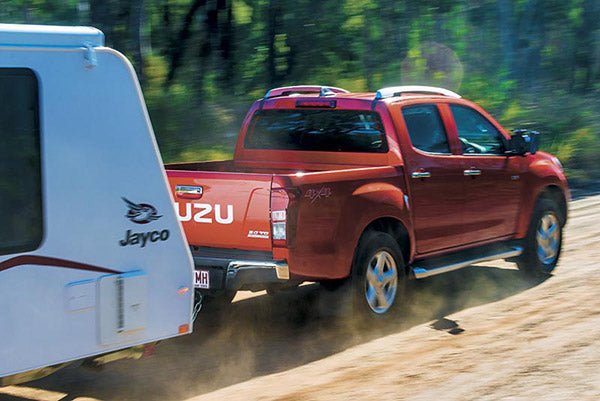
Isuzu has gone from strength to strength since its introduction in Australia as a stand-alone brand in 2008, and it has come a long way since introducing its second-generation D-Max ute in 2012. The D-Max ute is steadily building up a presence in the monthly sales tally, now in sixth position for the first five months of 2015. Isuzu has also released a seven-seat SUV version of the D-Max, called
the MU-X.
ENGINE AND TRANSMISSION
The 3L Isuzu turbodiesel outputs don’t look so great on paper, but you really have to drive it to understand its strengths. It is not as smooth as the VW Amarok when you rev it, and the auto transmission doesn’t allow the engine to reach the 4500rpm redline, instead changing up at 3700rpm. However, there is little turbo lag, and the power and torque delivery is quite linear.
The five-speed auto has a useful manual mode and a predictive software that, for instance, downshifts when it senses that you’re heading down a steep hill and require more engine braking. When the vehicle is cold, the transmission is a little sharp in its gearshifts but smoothes out once warmed up.
The 4WD system is a very simple selectable part-time design, with electronic engagement via a console-mounted switch.
SUSPENSION
The beauty of a dual-cab ute with leaf-spring rear suspension is that you can carry lots of heavy stuff in the tray. The downside is, of course, that the ride is a bit rough when unladen. Yet the D-Max is one of the better utes for smoothness when driving without a load in the back. The steering is not sloppy or vague but it won’t win awards for its sharpness. The tyres don’t grip especially well, starting to squeal during mild cornering in the city.
ECONOMY
The D-Max doesn’t have the best power or torque figures in the ute market but it’s not thirsty either. We averaged 9.2L/100km driving without a van on mostly intra-urban roads, and 11.9L/100km towing a 2000kg-plus tandem-axle caravan.
TOWING
The D-Max was fitted up to a 2200kg tandem-van with a 100kg ball load. While it would’ve been good to have a heavier van to better test the D-Max’s 3500kg/350kg towing capacity, such a van is not always easy to procure. In any case, the D-Max performed quite well, being able to maintain 90km/h up our test hill, and the van did not pitch or sway behind the D-Max. With just 100kg ball load, it was no surprise that the leaf-spring rear suspension barely flinched with the load. Engine braking was very good, with the transmission’s manual mode making downshifting even easier.
THE BOTTOM LINE
There are larger, more powerful and more torquey utes in the market, and plenty of fresh ute metal either just arrived or on its way. So the D-Max is already starting to feel dated, and just three years into its model cycle. Yet this ute appeals for its simplicity and overall ability, and as a tow vehicle feels very stable, is very economical and smooth.
The full test appears in Caravan World #540 August, 2015.




